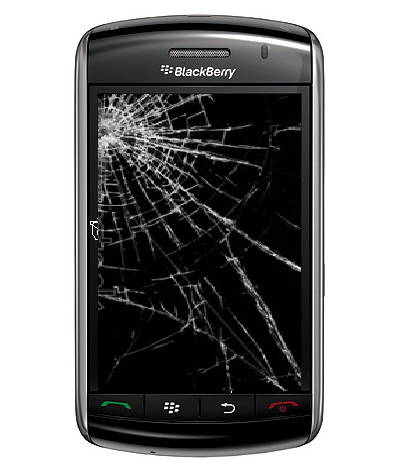They’re just plain booting Thorsten Heins, current CEO, and replacing him with John Chen, former Sybase CEO. Mr. Chen was quoted saying, “BlackBerry is an iconic brand with enormous potential, but it’s going to take time, discipline, and tough decisions to reclaim our success.” That kind of depends on how you define “iconic brand.”
BlackBerry, once a market leader, lost share in a dramatic shift in the business world to a BYOD (Bring Your Own Device) policy for employees, but mostly to other brands like Apple’s iPhones, Samsung’s Galaxy lineup, and phones running Google’s Android software. In the smartphone category, those are the brands that have become icons, i.e., brands that best meet the consumers’ expectations for the Ideal for mobile devices, and BlackBerry doesn’t do that so well anymore. So it’s probably going to take a lot of time and a lot of tough decisions to make any gains, if any at all, and have the brand survive.
According to leading-indicator Brand Keys Loyalty and Engagement Indices, the BlackBerry death spiral of market share puts a real damper on any potential for a fast and/or significant brand bounce-back. This October’s brand rankings look like this, with percentages indicating how well the brand is seen to meet expectations for the Ideal smartphones by the brands’ own customers:
Apple 92%
If you think the BlackBerry evaluation is low, it is. It was 14% higher at the beginning of 3Q’13, with a 4% share of market. As of the latest quarter the brand accounts for less than 2% of all new smartphone shipments, so pretty much an engagement death spiral, too. Oh, and they’ve reported the company market cap is only $4 billion, a 95% drop in five years. Somehow you’d expect more from a truly “iconic” brand.
Anyway, it might be worth pointing out to Mr. Chen that being “iconic” as the term gets so loosely tossed around today – a synonym for “recognizable” – doesn’t quite work as well for brands as it did in years past. Sure, you need to be recognized, but today you need to be recognized for something that emotionally or rationally differentiates you from the pack. And, at the very least, you need to be able to meet consumer expectations at some reasonable level. If you can’t, consumers just fly off to other brands that can.
Connect with Robert on LinkedIn.
Find out more about what makes customer loyalty happen and how Brand Keys metrics is able to predict future consumer behavior: brandkeys.com. Visit our YouTube channel to learn more about Brand Keys methodology, applications and case studies.
Share this:

